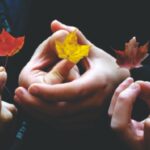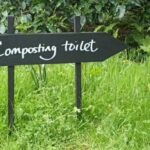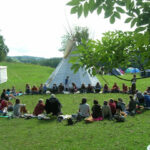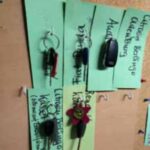Practise shows the intentions and structures – or the lack of the same. What can support groups in getting their plans down to earth, to have their intentions materialize? How to find the right people for the tasks, how to organise the workflow or the distribution of work? The practice layer of CLIPS responds to the questions of practice – what can be seen and experienced. Methods have been gathered and adapted from the ecovillage network which can contribute to successful realisation of projects.
List of Methods
The Traffic Light

Any group needs to set its boundaries in a transparent manner for members, both new and old, to be able to navigate more smoothly within the community. What is needed from each member? What can be made possible? What is expected? The Traffic Light exercise zones out these aspects to set clear boundaries.
Car Sharing
Check Ins and Moments of Awareness

Before starting with their tasks team members meet in a circle and spenda few moments in silence, listening within, noticing how they are, connecting to the larger purpose of theirwork together, and focusing their intention and awareness on the present moment, the group they arewith and the tasks at hand.
Compost Toilets

Sharing an innovative toilet culture is a great opportunity for community building. The group needs to find answers to many questions: Who will create the system? Where to place it? How will the system be taken care of? How aesthetic and comfortable do people want it to be? How much can it cost? etc. This is a chance to practice negotiation and decision-making.



